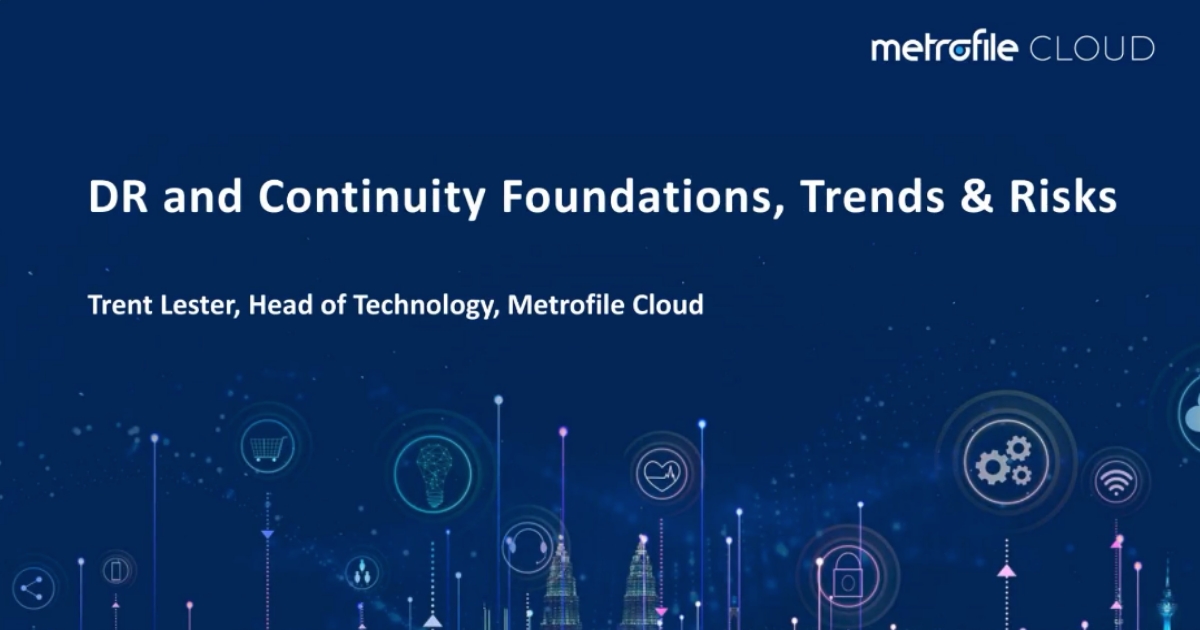In 2025, data storage costs are becoming a growing line item in IT budgets – and not just because businesses are generating more data. The real culprit? Storing everything the same way, whether it’s used daily or hasn’t been touched in years.
Many businesses still keep old, inactive data in their primary backup environments – treating long-forgotten files with the same urgency (and cost) as business-critical data. Over time, this practice quietly inflates costs and complicates recovery processes.
If your backup solution is doing everything – retention, recovery, and long-term storage – it’s probably costing you more than it should.
Let’s break down why, and what you can do about it.
Not All Data Needs to Live in Backup Storage Forever
Backups are essential. They protect against accidental deletion, system failures, and ransomware attacks. But backups are designed for recovery – not for storing years worth of data that may never be accessed again.
Many businesses hold onto large volumes of backup data just to meet compliance requirements or internal policies. That’s valid – but using your backup system as a long-term archive comes at a cost:
- Larger backup environments take longer to manage and recover.
- Storing everything in primary backup storage inflates costs, especially when pricing is tied to foreign currency rates.
There’s a smarter way to retain older, less active data – without bloating your backup budget.
Move Inactive Data to a Dedicated, Low-Cost Cloud S3 Storage Solution
If your business is holding on to older data “just in case,” but not actively using it, that data doesn’t belong in your primary backup system. Instead, it should be moved to a storage solution designed specifically for long-term retention and low access frequency.
This is where S3-compatible object storage becomes a powerful ally.
Rather than deleting historical data – or paying premium prices to keep it in backup – you can store it securely, affordably, and compliantly using an S3-based storage platform. You’ll free up your backup system to do what it does best, while still keeping your data accessible if and when you need it.
Why Local Matters: The Rand, the Cloud, and Your Budget
When evaluating cloud storage, many businesses default to global hyperscale providers. But in South Africa, that often comes with a hidden price tag: currency volatility.
Most global cloud platforms charge in USD, which means that every rand you spend is at the mercy of the exchange rate. Over time, this unpredictability can make budgeting difficult and costs spiral.
By contrast, Metrofile Cloud Vault S3 offers a locally hosted, South African-based object storage solution priced from just 30c per GB – in rands, not dollars. This makes it significantly more affordable and stable for long-term planning.
No Ingress, No Egress, No Surprise Fees
Another common cost trap in cloud storage is ingress and egress fees: the charges for moving data in and out of your storage environment. With some providers, these fees can be unpredictable and costly, especially if you ever need to recover large datasets or migrate your archive.
Metrofile Cloud takes a different approach:
- No ingress fees
- No egress fees
- No surprises
That means you can move data in and out as needed – without worrying about the cost of access later down the line.
The Bottom Line: Storage Doesn’t Have to Break the Budget
As data continues to grow, your backup solution should stay lean, fast, and focused on recovery – not weighed down by years of untouched files.
By moving inactive or long-retention data to a dedicated, affordable storage solution like S3 object storage, your business can significantly reduce costs while maintaining accessibility and compliance.
It’s a simple shift – but one that can free up your budget and simplify your infrastructure in a meaningful way.
Use our FREE cost calculator to see how much your business could save monthly and annually by moving data to Metrofile Cloud Vault S3 Storage.








